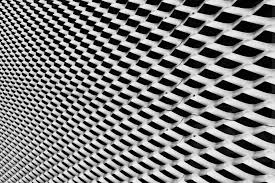Sheet metal punching is a widely used fabrication process that involves creating holes, notches or other features in sheet metal using a punch and die set. This efficient cold-forming method allows manufacturers to produce large quantities of precise, uniform parts for various applications.
Let’s take a closer look at how sheet metal punching works and a few of its advantages.
The Punching Process
In sheet metal punching, a punch press forces a hardened steel punch through the sheet metal workpiece and into a die that matches the desired hole shape. The punch cuts through the metal, and the scrap piece (called the slug) is removed, leaving a clean-edged hole.
According to Cape Business News, CNC turret punches or hydraulic punch presses are commonly used, offering high speed and repeatability. Punch and die sets come in standard or custom shapes, including rounds, squares, rectangles, ovals and more.
For those interested in learning about CNC punching machines, consider contacting a fabrication machinery specialist such as /www.cotswold-machinery-sales.co.uk/euromac-bending-machines/punching-machines/.
Advantages of Sheet Metal Punching
One key benefit of sheet metal punching is its ability to create holes and cut-outs much faster than drilling, sawing or laser cutting. Punching presses can rapidly produce hundreds of holes per minute, making it an efficient choice for high-volume production runs. The process is also highly accurate, with punched holes typically holding tight tolerances.

Image Credit
Another advantage is the flexibility to punch various materials, thicknesses and hole sizes. Punching works well on mild steel, stainless steel, aluminium, brass, copper and even some plastics. Material thicknesses up to about 1/4 inch (6mm) can be accommodated. Hole sizes can range from under 1/8 inch to several inches in diameter, depending on the machine tonnage and tooling.
Punching also allows for the creation of complex features not just holes. Louvres, embosses, lances, and tabs can be formed by punching. Nibbling, or punching a series of overlapping holes, can be used to cut custom shapes. Some modern punch presses even offer automatic tool changing and the ability to tap threaded holes in a single setup.



